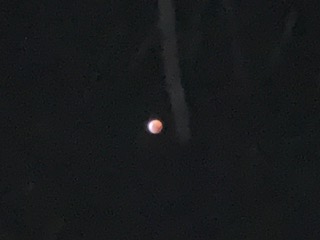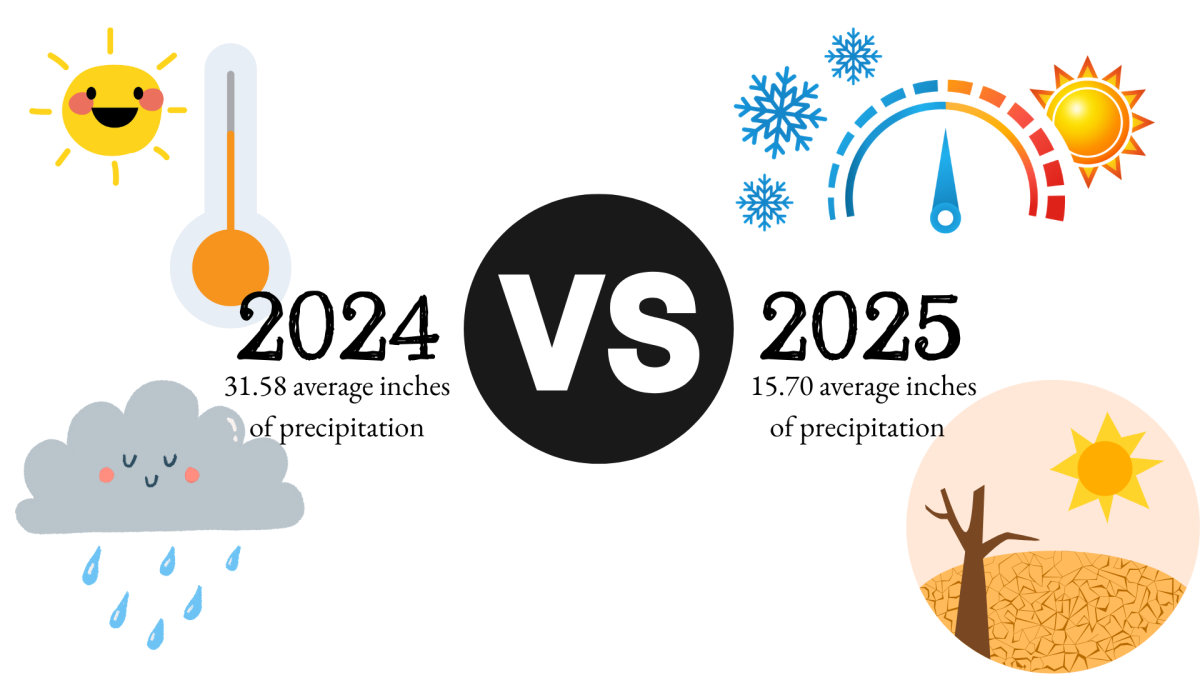Last super lunar eclipse of the century seen in its entirety by United States

Full lunar eclipse turns red in the night sky over New Sewickley Township on Jan. 22.
February 7, 2019
On Sunday, Jan. 21, there was a super lunar eclipse. It’s the last lunar eclipse that our area will see until 2021. A super lunar eclipse occurs when the moon is at its closest point to Earth in its elliptical orbit around our planet, which is called a “supermoon.” As a result of these special cases — and because lunar eclipses are also known as “blood moons” because of the red color that the moon turns when it is fully eclipsed by the Earth— some are calling this eclipse a “super blood wolf moon.” The January full moon is sometimes dubbed a “wolf moon” in the folklore tradition because it occurs at a time of year when hungry wolves howled outside villages. The January 2019 lunar eclipse began at 9:36 p.m. Sunday and lasted until 2:48 a.m. Monday (Eastern time), starting and ending as the moon passed through the penumbra, the lighter part of Earth’s shadow.
The last total eclipse of the moon occurred on July 27, 2018, and was visible across Africa and parts of Asia. This year’s total eclipse was be the first to be seen in its entirety in North America in nearly three and half years. A full lunar eclipse will usually occur around twice every three years. However, the number of total lunar eclipses during a year varies. In general, the amount of total lunar eclipses in a year ranges from none to three. Lunar eclipses are less common than solar eclipses, with a maximum of three occurring in any given location per year, though some years there can be none. However, each lunar eclipse is visible from more than half the Earth. This eclipse was rare,because it lasted for so long. The moon was in the Earth’s shadow for four hours and totally eclipsed for one hour and 43 minutes.














![Lucia Haney [Editor in Chief] working hard to ensure Ink and Imagination is a success.](https://bulldogbarker.com/wp-content/uploads/2025/05/Ink-and-Imagination-1200x800.jpg)
